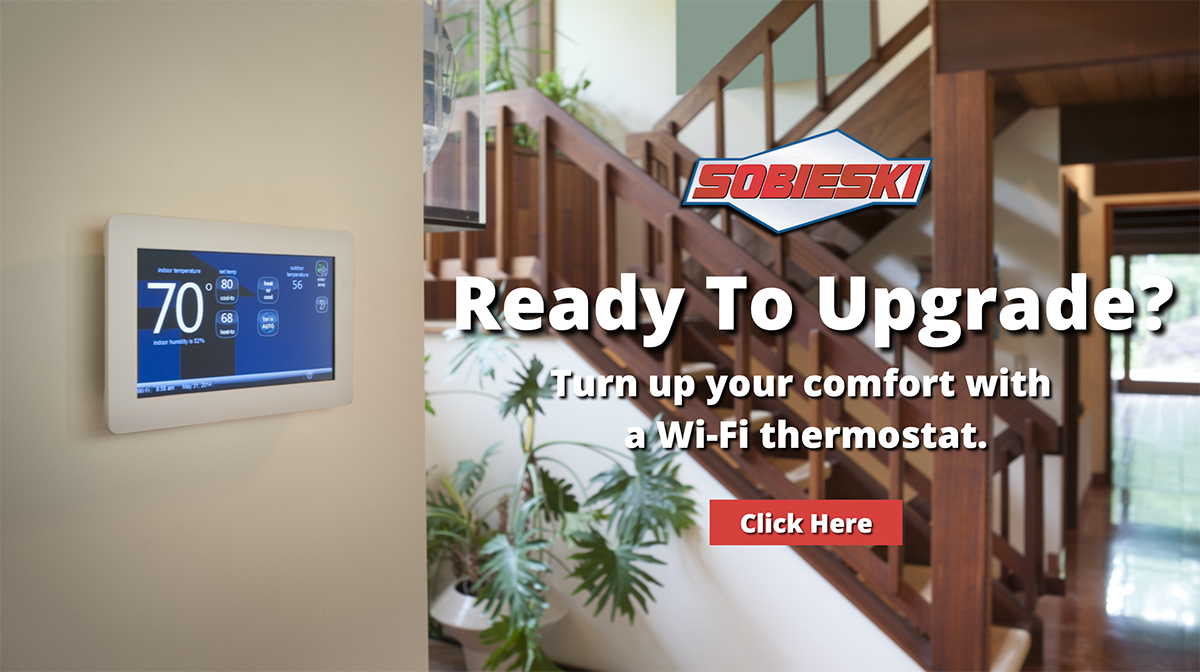Is Your Commercial Furnace Ready for Winter Usage?

Quiet and inconspicuous as it may be, your furnace plays a major role in keeping your business running throughout the cold, snowy Delaware and Pennsylvania-area winter. If your heating system can’t do its job, you could end up having to shut down your operations until the heat comes back or at the very least, your employees’ productivity will suffer.
You can avoid disasters like this just by spending some time in late fall on making sure your furnace is ready to handle the oncoming weather.
Conduct a Basic Inspection
Start by providing your furnace with a clean air filter. An air filter that’s clogged with dust and debris impairs airflow, forcing the motor to work harder to pull in the amount of air the system needs. This not only wastes energy, but it also strains your components and can cause them to fail early. Pull out the filter and hold it up to a light source. If you don’t see light through the filter, toss it and put in a clean one.
Because your furnace sees heavy use in winter, the filter will fill up faster than during the off season, so make sure you replace it according to the manufacturer’s directions. Higher-efficiency filters last longer and keep your air cleaner, so consider investing in filters with MERVs between 5 and 12.
Check the air registers and return air grilles in all your rooms. Ideally, they should all be open, but if you prefer to close some, close no more than 10 percent. Closing registers in unused rooms might seem like an easy way to reduce your heating needs and save money, but all it really does is create an airflow imbalance in your heating system, which can damage the components.
Make sure nothing has been placed on the furnace indoor unit or within three feet of the unit. It’s tempting for workers to use the furnace room for storage during summer, but when the system is running, these stored items become a fire hazard.
Inspect the outside end of your furnace vent pipe, or flue, and clean it as necessary. If it’s blocked with leaves, animal nests or other debris, it could cause carbon monoxide (CO) gas to back up into your building.
Test your carbon monoxide (CO) detectors using the test button on the exterior. If a detector doesn’t respond, replace it.
Update the settings on your programmable thermostat for winter. Set the thermostat for around 65 to 68 degrees when the building is occupied and around 56 degrees for the times when it’s unoccupied.
Call in a Pro
To be ready for reliable, efficient operation all winter, your heating system needs a professional inspection every year. A technician can access parts of the system you can’t in order to clean and make minor repairs. Even seemingly minor issues, such as loose wires or dirt on the blower fan, reduce your system’s energy efficiency and shorten component lifespan.
A technician can also spot any developing problems, so you’ll have time to correct them before your system breaks down entirely.
Some of the things your technician will do during your annual furnace inspection include:
- Inspecting and cleaning the blower motor
- Inspecting the burner and heat exchanger, and cleaning them if necessary
- Checking all electrical systems and wiring
- Testing the thermostat and safety controls
- Looking for potential gas leaks
- Checking the flue system
Our goal is to help educate our customers about Plumbing, HVACR, Fire Protection, and Alarm Systems in Mechanical, Commercial, and Residential settings. For more information about managing old ductwork and to view projects we’ve worked on, visit our website!








